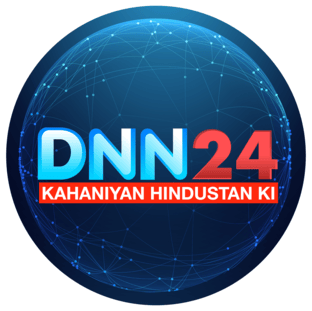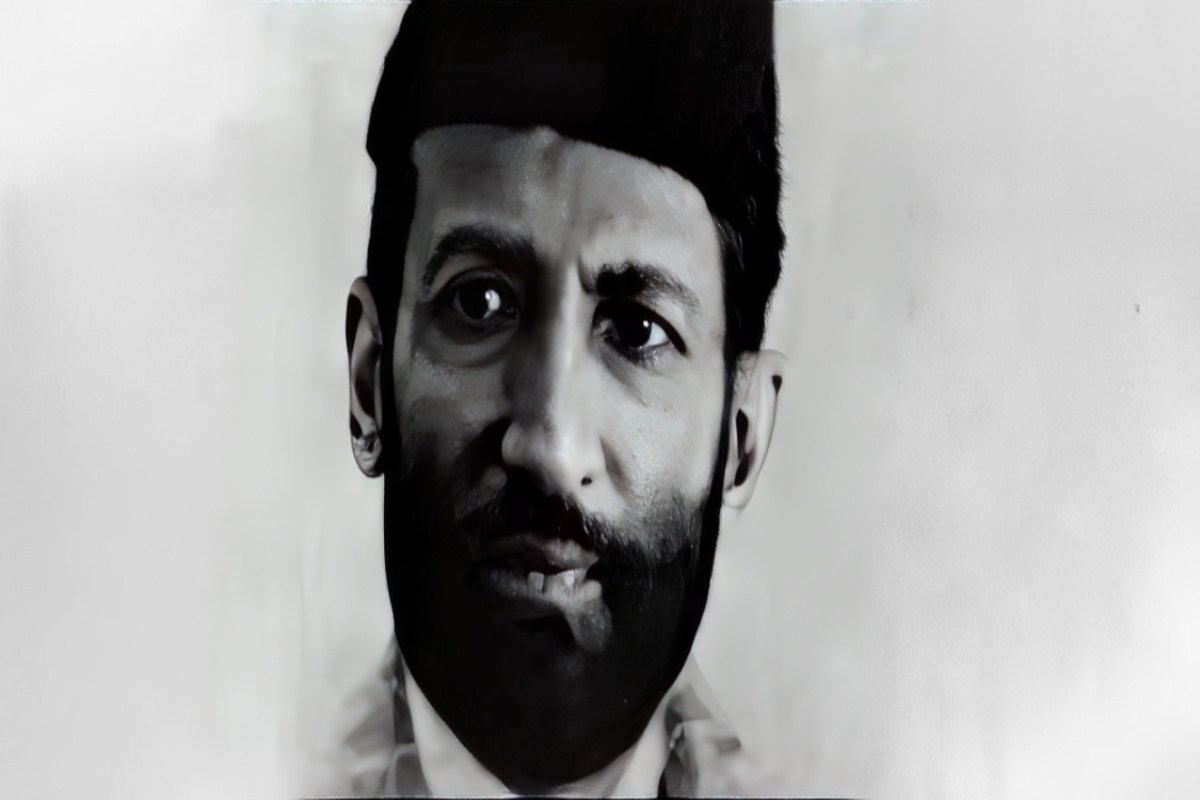In 1911, Hakim Ajmal Khan spoke in Lucknow about the need for unity between Unani and Ayurveda practitioners. He added that any aspiring leader or member in the country or religious circles must experience resistance. He said that the Tibbi Conference consisted of the Tabibs (Unani System of Medicine) and the Vaids (Ayurvedic System of Medicine) in one system. He urged both groups to attend the Conference which he explained formed part of them as members of the larger community.
How indigenous medicine is threatened.
Hakim Ajmal Khan’s speech came in response to a proposed law by the Bombay Government. This law was designed to eliminate all traditional forms of medicine by saying they have no credibility. Z. A. Nizami further said that according to this law only those people can be recognised as doctors who have studied medicine in Europe or have a degree from the Indian universities recognised by the Government. This act was also dangerous for Indian medical practitioners because it provided the authority to the Medical Council to de-recognise the Unani and the Ayurveda doctors.
The Movement for Recognition
In 1910, Hakim Ajmal Khan organized the first Ayurvedic and Tibbi Conference in Delhi, which was attended by over 300 Hakims and Vaids from all over India. He insisted that these practitioners be part of the proposed Medical Council. He said educational facilities from Madrasah Tibbia or Banwarilal Ayurvedic Pathshala deserves the same recognition as the graduates from the British medical school.
The Montagu-Chelmsford Reforms of 1919 paved the way for elected ministers to have an authority to govern medicine and also to do away with discrimination of native doctors. Thereon, the practice of Ayurveda and Unani systems of medicine were patronised by the state, which guaranteed them their place in the system of Indian health care.
For detailed story, please visit: Awaz the voice
Also Read: Prazna Foundation: A Compassionate Approach to Menstrual Health and Women’s Dignity
You can connect with DNN24 on Facebook, Twitter, and Instagram and subscribe to our YouTube channel.

